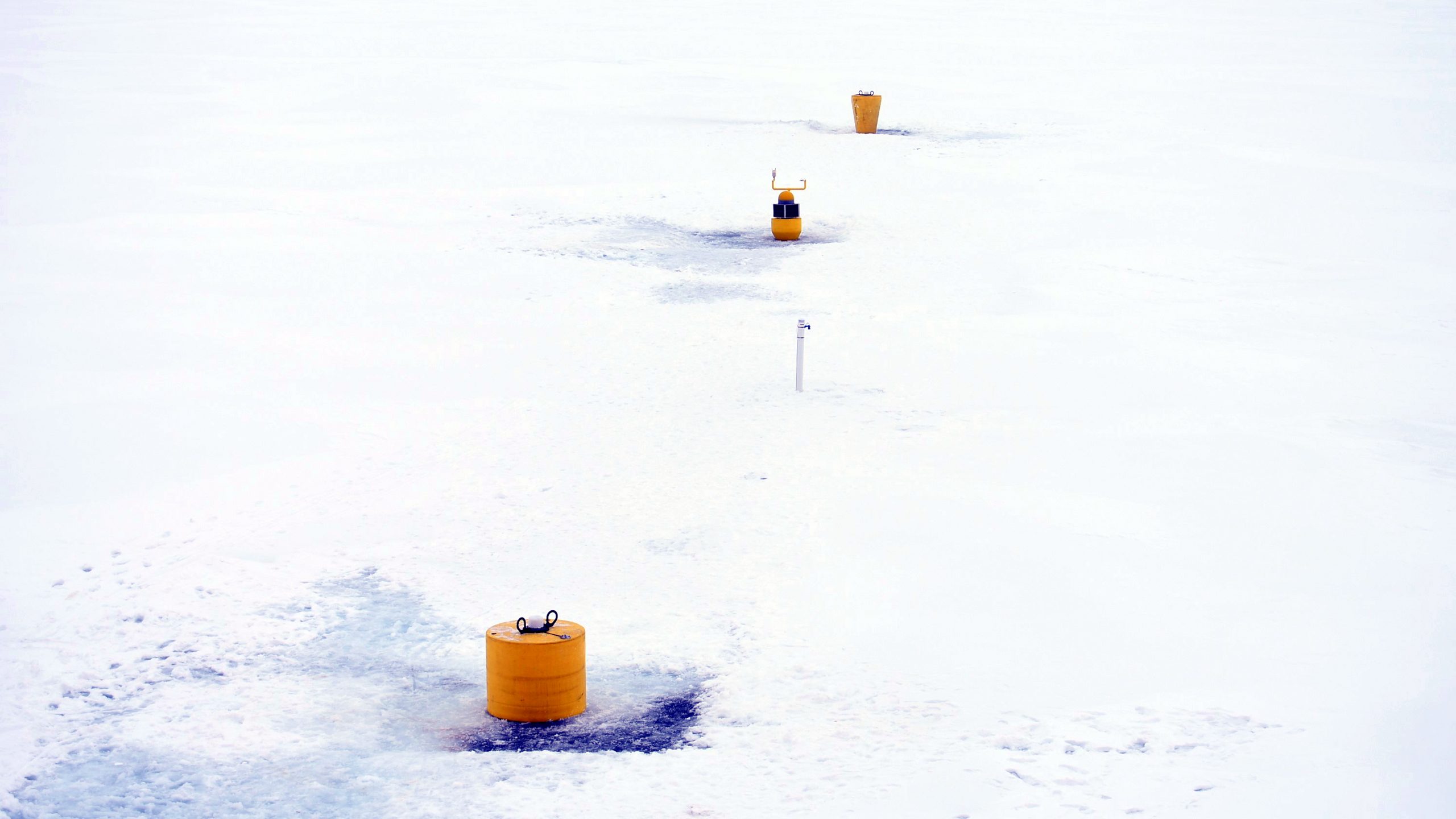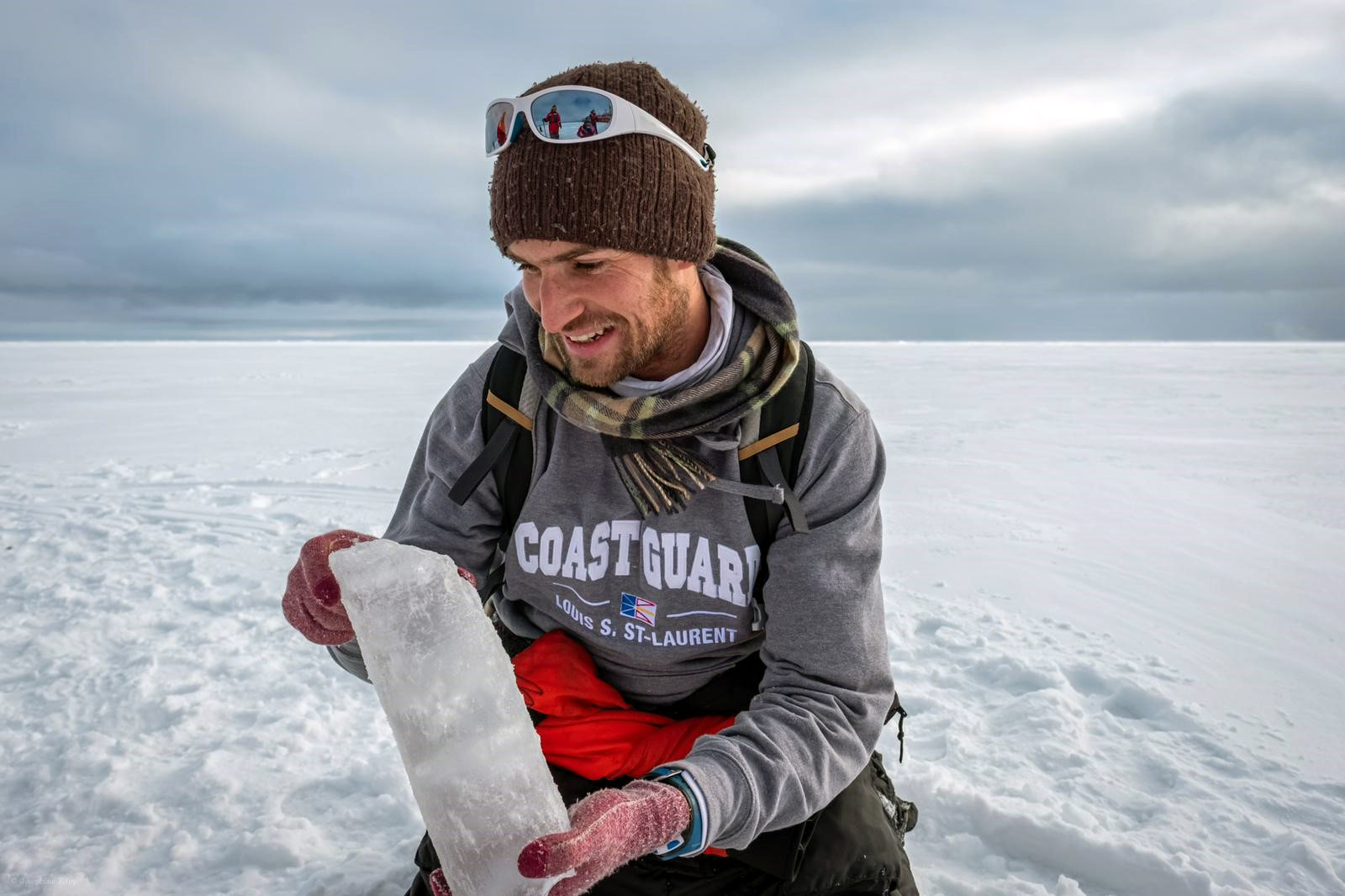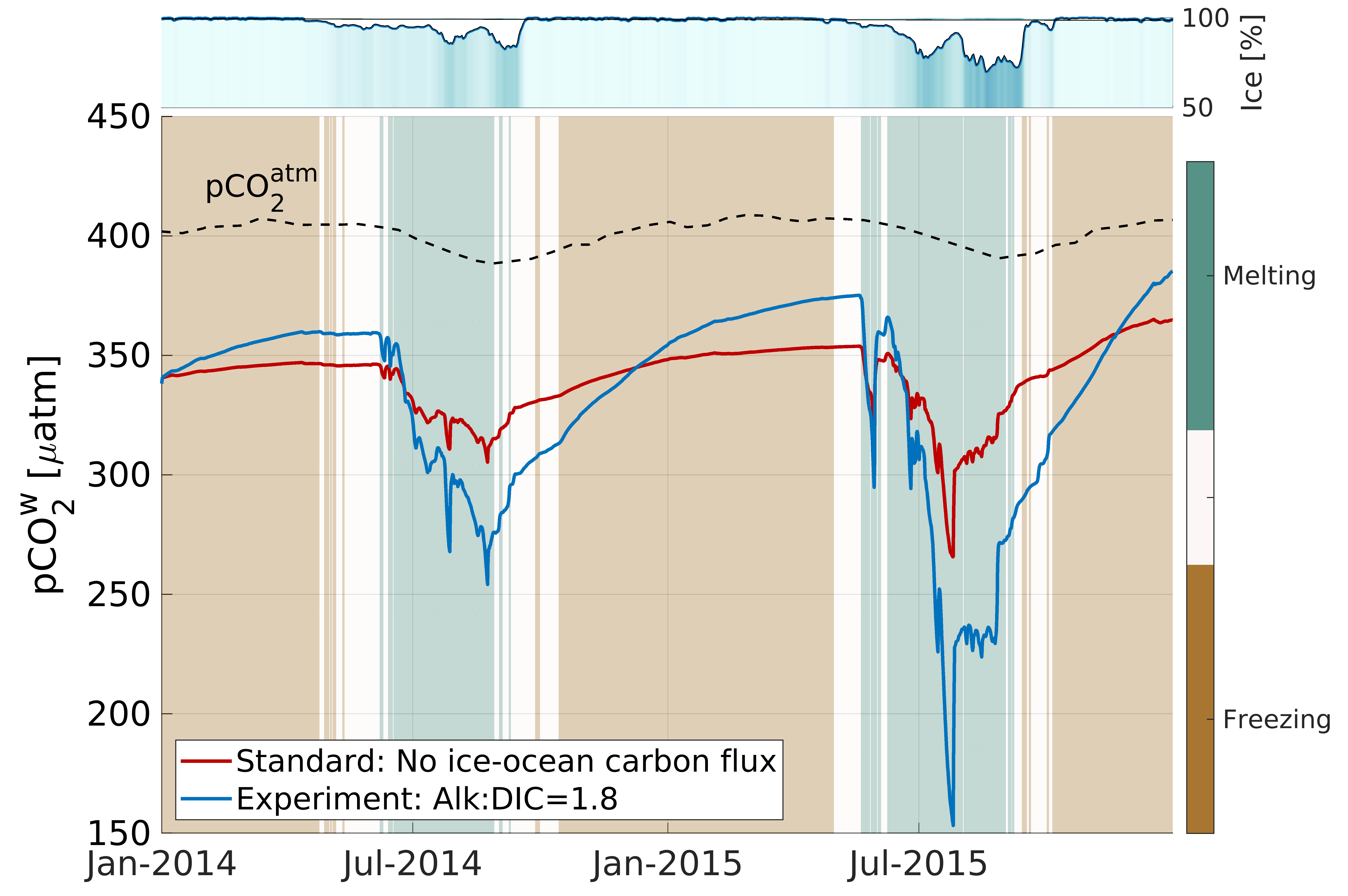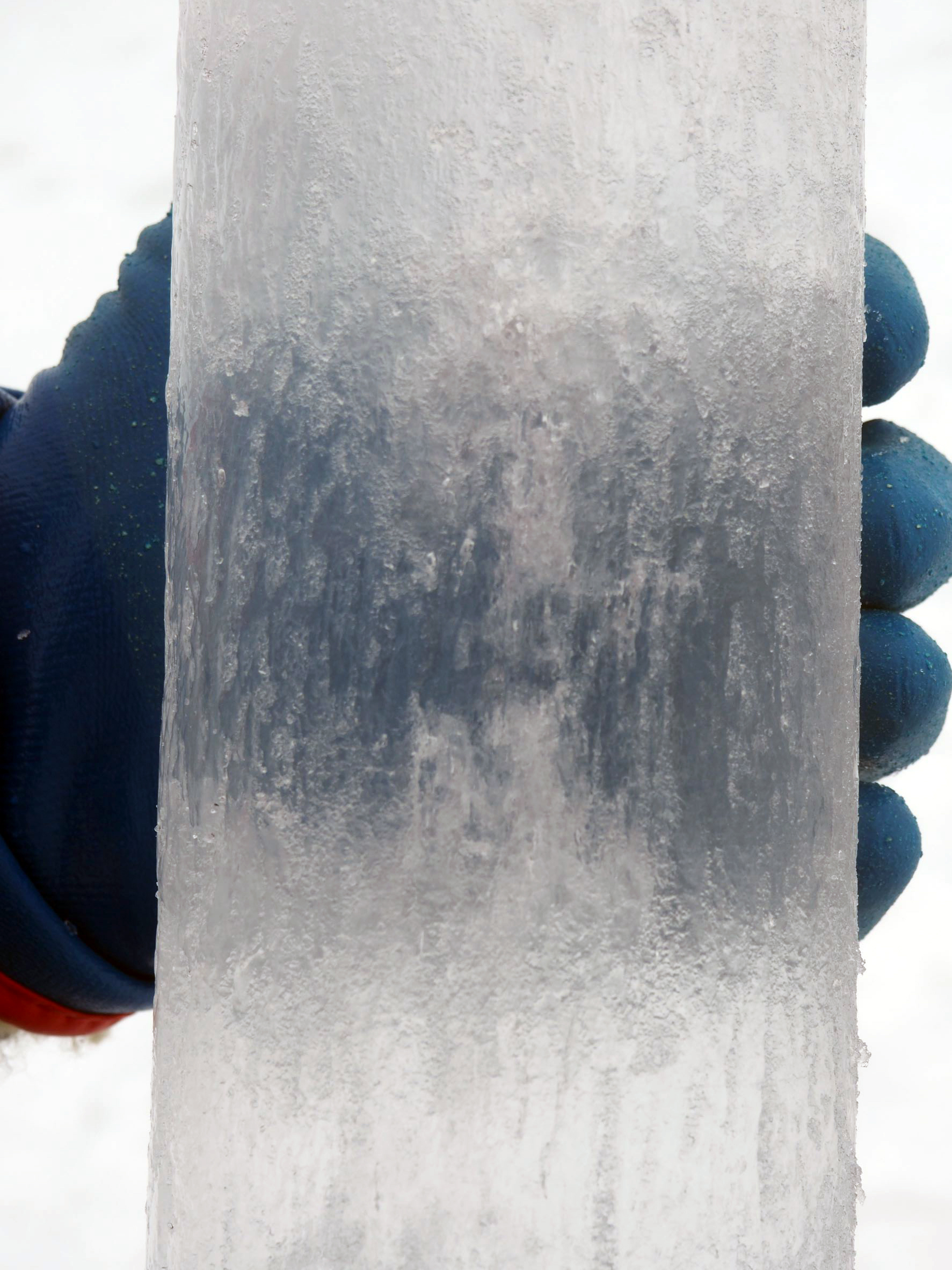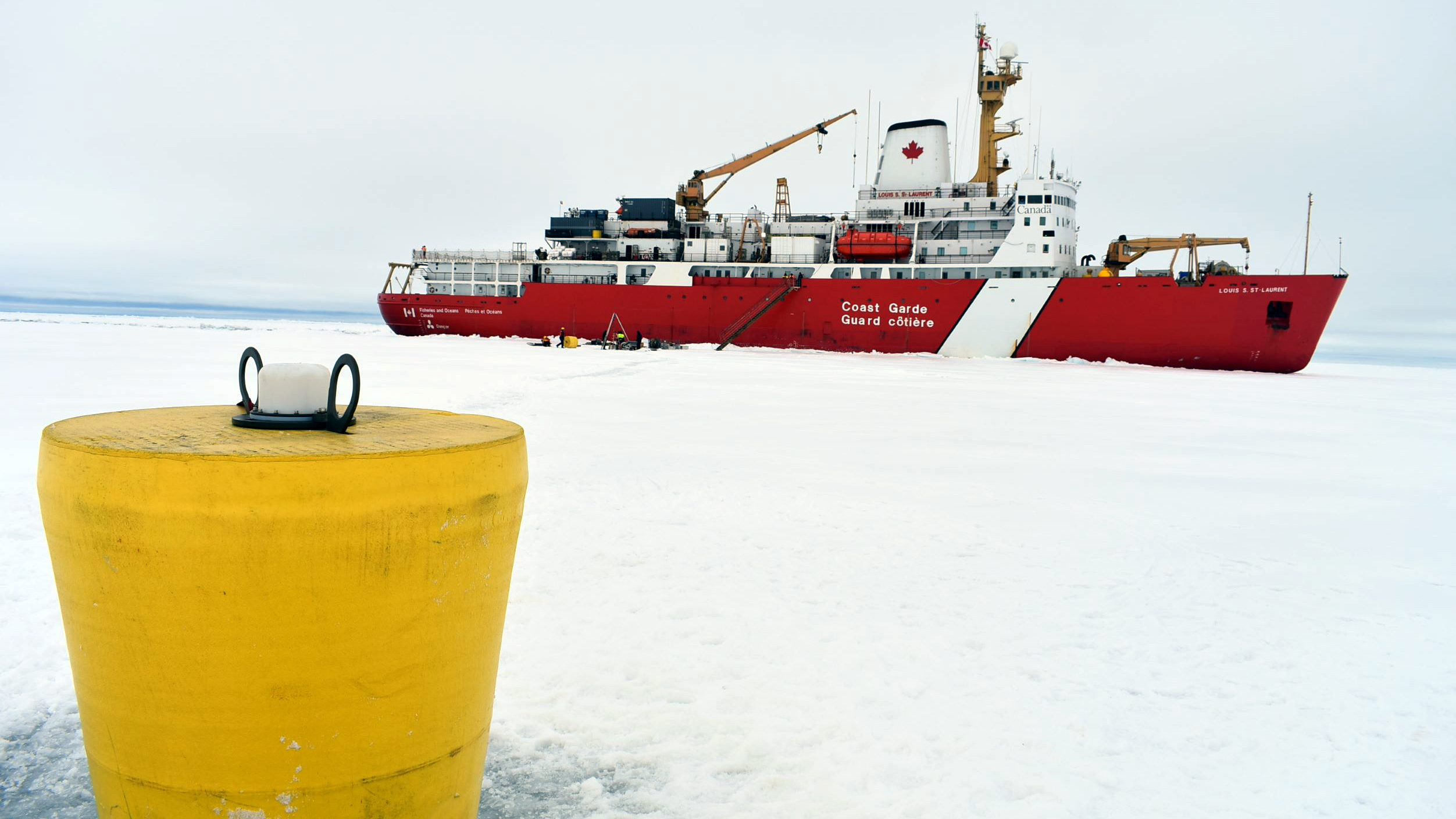Dispatch 22: Observations, Projections, and Modelling
Benjamin Richaud
September 13, 2021
Let’s start with the obvious: the ocean is a complex system. And it is important – arguably the most important component of the climate system, storing a third to a half of the anthropogenic CO2 and 90 percent of the associated heat. Now, add a layer of ice on top of it, and you get a very complex system. A system you cannot observe remotely via satellite, as is done for the rest of the ocean. A system you cannot reach without highly specialized ships, such as our illustrious Louis. (And even then, several months of the year are out of the picture, hence the moorings and ITPs that the Woods Hole team put so much effort in to deploy.) But there is another tool at our disposal: numerical modelling.
For sure, it’s not as enticing and impressive as casting a rosette 4000 meters deep, or drilling into sea ice while standing on the frozen lid of the ocean. All you need is a (powerful) computer.
While the artist uses paint and the poet their winged words, the scientist uses equations to depict the Arctic Ocean. Due to the system’s complexity, solving these equations is out of reach for simply pen and paper, and requires a computational tool to help us. To add another layer of complexity: we still don’t fully know some of the equations! This is where numerical modelling can be particularly useful.
Here comes an example. My name is Benjamin Richaud, I am a PhD candidate at Dalhousie University in Halifax, under the supervision of Katja Fennel and Eric Oliver. I use numerical models to study and help understand the role of the Arctic Ocean in the climate system. I focus on one specific question: how can the chemistry of carbon inside sea ice impact CO2 absorption by the ocean? To help shed light on this process, also known as the “sea ice carbon pump,” a one-dimensional numerical model of the Arctic Ocean is quite handy. I modify one of the model’s equations, adding or removing two terms representing a carbon flux between sea ice and seawater. The terms are chosen based on data from ice field studies. I compare the solution of my numerical runs, called “experiments,” to observations from the BGOS program, specifically measurements of partial pressure of CO2 in seawater provided by Mike DeGrandpre and Cory Beatty from Montana University. We can then determine if the new terms are a better match to the observations, and if they change the oceanic carbon sink. Spoiler alert: the answer is yes and yes!
Once the terms’ importance is asserted, we can go one step further and play with them to see how sensitive the carbon sink is to the sea ice carbon chemistry. In other words, we can slightly modify the terms representing the ice-seawater carbon flux and see how much the atmosphere-seawater carbon flux changes. With these results, I hope to help observers decide which properties of sea ice are the most important to monitor, and where and when to gather them.
I extend my experiments to many different ice and oceanic conditions to expand our understanding of how those carbon fluxes interact not only spatially but also temporally. This helps anticipate the behavior of the Arctic Ocean in future decades, when the year-round ice-covered areas have disappeared and been replaced by seasonally ice-covered waters.
In a nutshell, the carbon chemistry inside sea ice can boost the Arctic oceanic carbon sink by 15 to 30 percent, but this could decrease in the future if the anthropogenic carbon emissions keep increasing.
Scientific programs gathering in-situ observations, such as the JOIS/BGOS expeditions, are essential for developing and validating numerical models of the Arctic Ocean. The opposite is also true: numerical models provide insights on the most important properties to measure and where and when to do so, to make the most of costly expeditions in challenging environments.
